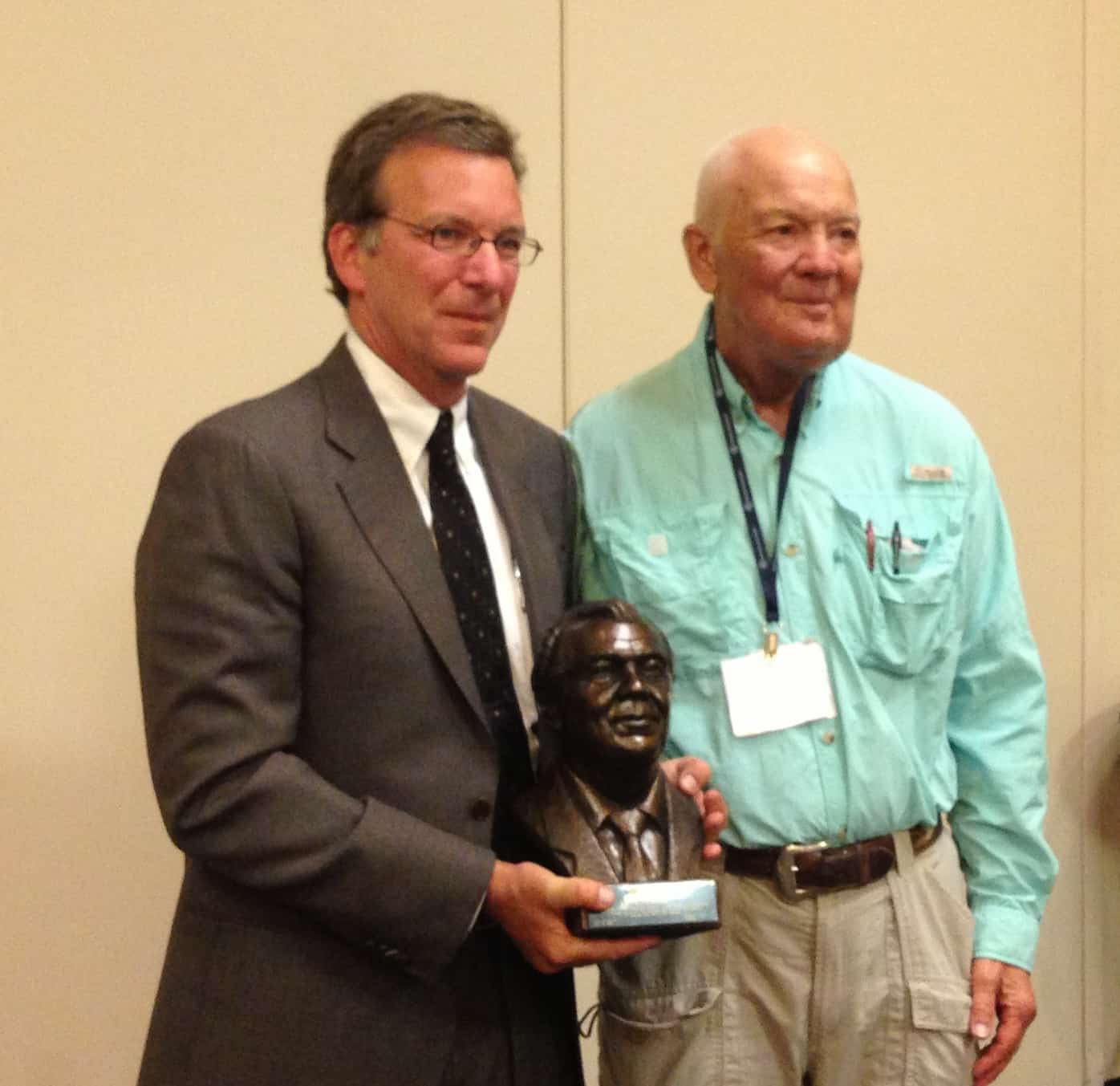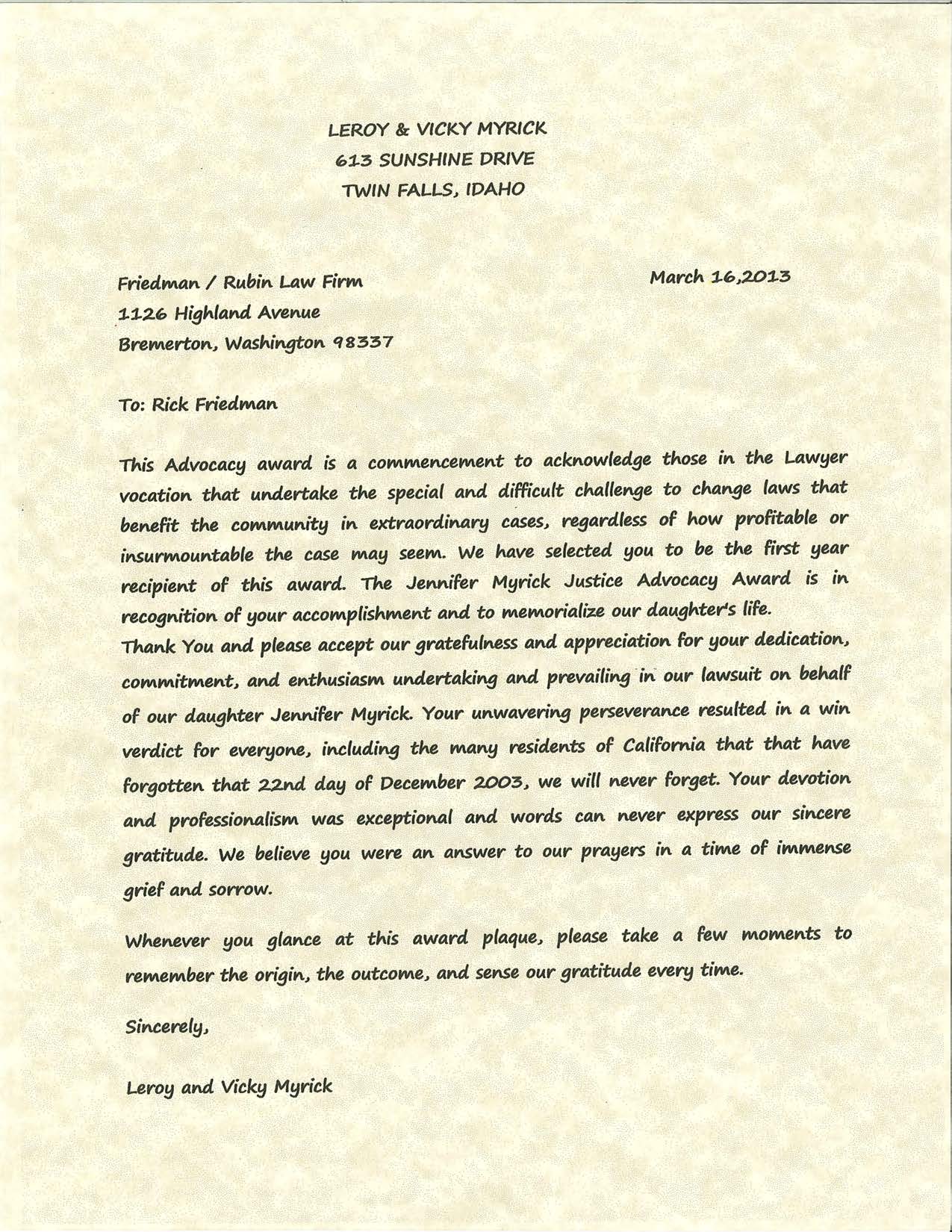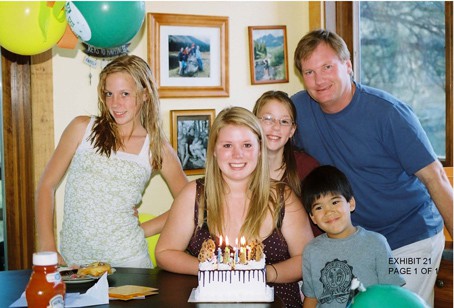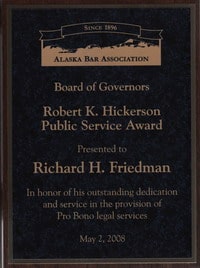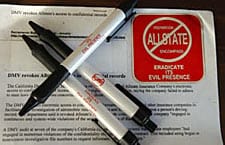Erickson v. Pharmacia LLC: Reading Beyond the Headlines
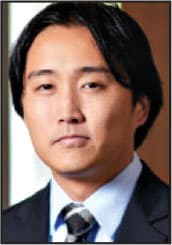
By Ron Park, Friedman | Rubin, PLLP
This article was reposted from the June 2024 issue of Trial News, the monthly newspaper of the Washington State Association for Justice.
https://www.trialnewsonline.org/trialnews/library/item/june_2024
Those of you who practice product liability law likely saw the Court of Appeals’ recent opinion in Erickson v. Pharmacia LLC—a case in which three teachers injured at their school by exposure to PCBs (polychlorinated biphenyls) sued the manufacturer of the PCBs (Pharmacia LLC, formerly known as Monsanto Co.) under the Washington Product Liability Act (WPLA).1 Given the opinion’s length, you may have first scrolled to the end and seen the dreaded words: “Reverse and remand.” If you stopped there, then you missed out on many rulings that should prove helpful to plaintiffs in future products liability cases.
I. Erickson’s Rulings in Favor of Plaintiffs
Although the court in Erickson reversed the plaintiffs’ verdict, it resolved several issues in plaintiffs’ favor that should serve as a guide for anyone litigating products liability cases in Washington.
First, the court held that the plaintiffs could seek punitive damages against Pharmacia under Missouri law. In doing so, the court set forth the analytical framework for plaintiffs to follow in seeking punitive damages in products liability cases. As a threshold matter, because Washington law does not provide for punitive damages, the punitive damages law of another state must plausibly apply. For example, another state’s law on punitive damages might apply when the manufacturer of the product designed, manufactured, or made decisions on providing (or omitting) warnings in another state. In Erickson, that state was Missouri.2
Because Missouri law permits punitive damages, but Washington law does not, there was an actual conflict of laws that required a choice-of-law analysis.3 The Erickson court held that this analysis requires the application of the “most significant relationship” test from Restatement (Second) of Torts § 145. This requires evaluating “the place of injury, the conduct that caused the injury, the parties’ domiciles, and the place where the parties’ relationship, if any, is centered.” 4 When the factors are evenly split (or balanced), as they were in Erickson, a court then has to determine which state has the greater interest in having its law on punitive damages applied.5
This analysis tracked prior Washington cases on applying a choice-of-law analysis to resolve conflicts in punitive damages law between Washington and other states.6 However, there was some ambiguity in those prior cases as to how this analysis might apply in a case where only WPLA claims are at issue. The court in Erickson made clear that punitive damages can still be obtained in “pure” WPLA cases. In relevant part, the court ruled:
As Singh and Kammerer demonstrate, Washington courts will allow punitive damages under the law of another state when that state has an interest in punishing or deterring egregious conduct that is greater than any interest Washington has in not allowing punitive damages. A key consideration in these cases appears to be the location of the conduct that caused the injury and that state’s interest in deterring the conduct at issue by the tortfeasor.
As in Kammerer and Singh, the state where the conduct at issue occurred—here, Missouri—has an interest in deterring the unlawful conduct that caused the injury, particularly when the alleged tortfeasor has its place of business there. Washington does not have an interest in protecting Missouri companies that engage in injury-causing conduct. In this case, Missouri has the greater interest in deterring or punishing any egregious conduct found in this case.7
Based on this analysis, punitive damages are now always in play in any products liability case involving an out-of-state manufacturer that designed or manufactured its product in a state that permits the award of punitive damages. The “home” state will always have an interest in deterring unlawful conduct within its borders if that conduct injures people, and Washington does not have an interest in protecting out-of-state companies that engage in such harmful conduct. So long as the evidence is properly developed, the other state is likely always going to have the greater interest in having its punitive damages law applied.
Second, in addition to permitting the plaintiffs to pursue punitive damages, the court in Erickson ruled that the “relevant product” in that case was PCBs rather than some alternative product like the light ballasts or caulking that contained them. At trial and on appeal, Pharmacia insisted that only products that “fail” could give rise to a product liability claim, and because its PCBs functioned as intended, there was no “failure” on which the plaintiffs could assert their claims. The court rejected Pharmacia’s argument and made clear that “[f]ailure” of a product is not an element of a WPLA claim.” 8 “[A] defendant may be liable even when ‘the relevant product [is] functioning as intended, yet the overall design of said product can be defective due to its lack of incorporated safety components or warnings about dangers related to its design.’”9
The court’s ruling should provide a ready citation against any arguments made by defendants in other product liability cases that the claims against them should be dismissed because their products did not “fail.” The ruling also cuts off any attempt by products liability defendants to add a new element to the existing WPLA claims of design defect, construction defect, and failure-to-warn.
Third, the court made clear that there are no “raw material supplier” or “sophisticated purchaser” defenses to products liability cases under Washington law. These defenses are premised on the theory that product manufacturers who sell “raw materials” to “sophisticated purchasers” have no duty to warn downstream customers or ultimate users of their products because their immediate “sophisticated” customers are sufficiently aware of the dangers and able to protect against those dangers (either by passing on warnings or designing around the danger).
In rejecting these defenses, the Erickson court reaffirmed the Washington Supreme Court’s earlier opinion in Rublee v. Carrier Corp., which observed that “Washington courts have uniformly rejected a sophisticated user defense” (except in the context of pharmaceuticals or medical devices).10 In doing so, Erickson also rebuts previous arguments that the Supreme Court’s statements in Rublee were mere dicta.11
Fourth, the Court of Appeals affirmed the admission of evidence of non-party harm at trial. The court did so for both expert testimony on non-party harm as well as lay witness testimony of non-party harm. For experts, the court ruled that they could testify regarding non-party harm to explain the basis for their opinions so long as the evidence of non-party harm is of a type reasonably relied upon by experts in their particular field.12 For lay witnesses, the court ruled that testimony regarding non-party harm could properly be admitted so long as the substance of the testimony was limited to personal observations and did not delve into opinions on causation.13
Erickson’s ruling on this issue may prove to be powerful legal authority in future evidentiary disputes over the admissibility of evidence of harm to non-parties in products liability cases. The natural question many jurors have to allegations of injury from defective products is: what are other people’s experiences with this product? Defendants always try to leave jurors with the impression that the plaintiff’s injury was an outlier or a one-of-a-kind event, and they start by moving in limine to exclude evidence of non-party injuries as irrelevant or unfairly prejudicial under ER 403. Erickson’s ruling on the admissibility of non-party harm directly rebuts these arguments.
II. Erickson’s Other Rulings
Make no mistake, there are parts of Erickson that should give plaintiffs pause (after all, the ultimate outcome was reversal). But the rulings may be less consequential in the bigger picture than the reversal indicates.
First, the court’s holding that the WPLA’s statute of repose cannot be divorced from a plaintiff’s WPLA claims is unlikely to affect too many currently pending WPLA cases, if for no other reason than that most plaintiffs’ attorneys who sue under the WPLA expect that the statute of repose will apply. And in cases where another state’s statute of repose is more draconian than Washington’s, Erickson will compel application of Washington’s statute of repose.
Second, the court’s holding that plaintiffs cannot recover punitive damages for causes of action that do not exist under the laws of the state from which the punitive damages law is taken should help sustain punitive damages awards in future cases. The court directed that “[i]n future proceedings, special interrogatories are required to establish the particular theory of liability supporting punitive damages.” 14 This is a clear instruction plaintiffs should follow to ensure any punitive damages awards are preserved on appeal.
Third, the court’s rulings on expert testimony were particularized to the record before it. Although the court excluded some testimony of one expert as violating Frye, the court’s reasoning was hyper-focused on the specific methodologies and opinions expressed by that expert, and even for him, the court did not exclude all of his opinions.15 For the other experts, the court reaffirmed the trial court’s broad discretion on admitting expert testimony.16
In terms of assessing Erickson as precedent for future products liability cases, there is far more for plaintiffs to like about the opinion than the reversal of the jury verdict would suggest.
III. The Last Word
Of course, the Supreme Court may have the last word on these issues. But unless or until the Supreme Court grants review, the Court of Appeals’ opinion will remain published, binding law. And if the current Erickson opinion remains Washington law, there is a lot to like for those of us who represent people injured by defective products.
Ron Park, EAGLE member, is an associate at Friedman | Rubin PLLP in Seattle, where he practices in appeals and complex litigation on behalf of injured persons.
1 No. 83287-5-I (May 1, 2024).
2 See slip op. at 5–6.
3 Id. at 29.
4 Id. at 34.
5 See id. at 34–35.
6 See, e.g., Kammerer v. Western Gear Corp., 96 Wn.2d 416, 635 P.2d 708 (1981); Barr v. Interbay Citizens Bank of Tampa, 96 Wn.2d 692, 635 P.2d 441 (1981); Singh v. Edwards Lifesciences Corp., 151 Wn. App. 137, 210 P.3d 337 (2009).
7 Erickson, slip op. at 34–35.
8 Id. at 40.
9 Id. (quoting O’Connell v. MacNeil Wash Sys. Ltd., 2 Wn. App. 2d 238, 248 n.3, 409 P.3d 1107 (2017).
10 Id. at 43 (quoting Rublee, 192 Wn.2d 190, 208, 428 P.3d 1207 (2018)).
11 In Rublee, the actual issue before the Court was the “apparent manufacturer” doctrine.
12 See Erickson, slip op. at 71–74.
13 See id. at 76–77.
14 Id. at 36.
15 See id. at 46–59.
16 See id. at 59–69.


 Alex Ackel is an EAGLE member whose practice focuses on medical malpractice, civil rights, products liability, and personal injury at Friedman Rubin PLLC in Seattle.
Alex Ackel is an EAGLE member whose practice focuses on medical malpractice, civil rights, products liability, and personal injury at Friedman Rubin PLLC in Seattle.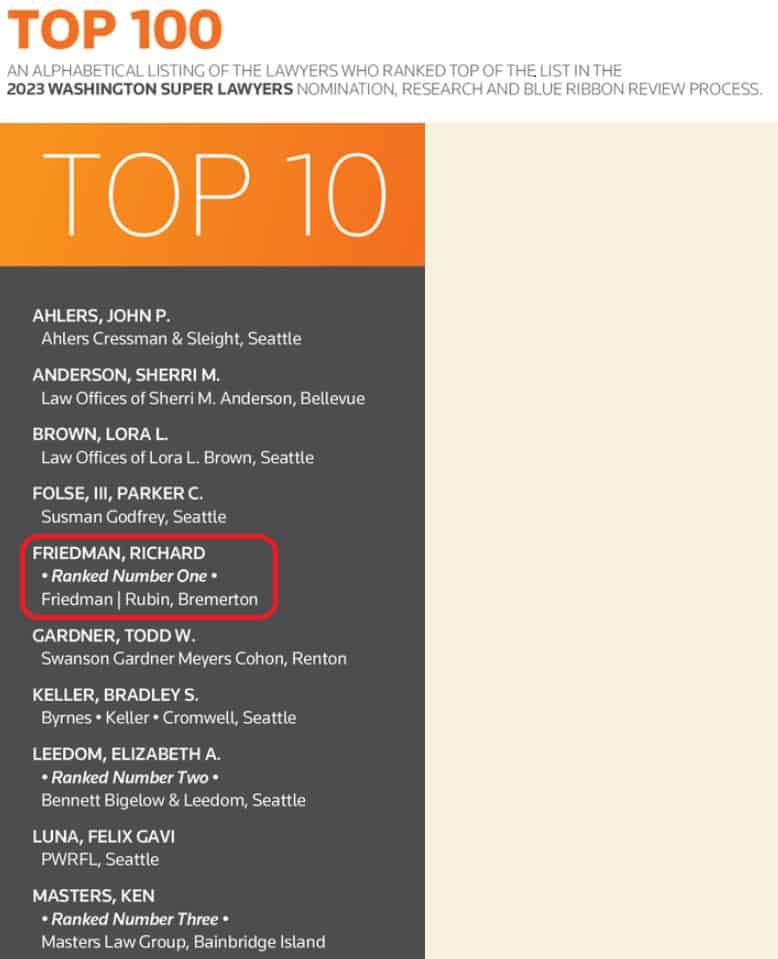
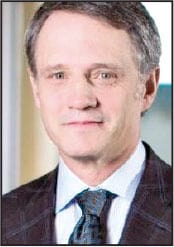 Lincoln Sieler is an EAGLE member whose practice focuses on product liability, commercial vehicle collisions, and insurance coverage and bad faith at Friedman Rubin PLLC in Seattle.
Lincoln Sieler is an EAGLE member whose practice focuses on product liability, commercial vehicle collisions, and insurance coverage and bad faith at Friedman Rubin PLLC in Seattle. 
 Rachel Luke, EAGLE member, is an attorney at Friedman Rubin PLLP in Seattle, Washington. Rachel represents clients in personal injury, product liability, and insurance bad faith cases. She is currently the Diversity Committee co-chair for WSAJ.
Rachel Luke, EAGLE member, is an attorney at Friedman Rubin PLLP in Seattle, Washington. Rachel represents clients in personal injury, product liability, and insurance bad faith cases. She is currently the Diversity Committee co-chair for WSAJ.







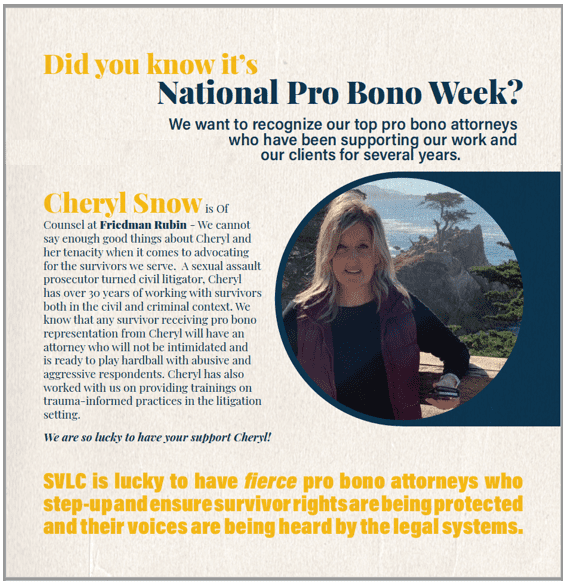
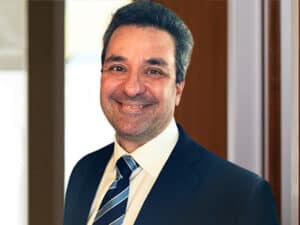

 Cruising is an extremely popular activity, especially among seniors and retired persons, and cruise injuries are common and sometimes deadly. This is common knowledge to cruise line operators, but not necessarily to cruise passengers. Cruise lines require that all passengers agree to a “cruise contract” as part of their ticket purchase, yet most passengers do not read or understand this contract until it is too late. One of the more common features of a cruise contract is a damages limitation in the event of injury or death.
Cruising is an extremely popular activity, especially among seniors and retired persons, and cruise injuries are common and sometimes deadly. This is common knowledge to cruise line operators, but not necessarily to cruise passengers. Cruise lines require that all passengers agree to a “cruise contract” as part of their ticket purchase, yet most passengers do not read or understand this contract until it is too late. One of the more common features of a cruise contract is a damages limitation in the event of injury or death.
 This article is written by David Roosa, a Partner at Friedman | Rubin, PLLP. David has handled numerous cruise cases, including obtaining a jury verdict of $1,351,200 in Oct 2020 against Holland America Lines (
This article is written by David Roosa, a Partner at Friedman | Rubin, PLLP. David has handled numerous cruise cases, including obtaining a jury verdict of $1,351,200 in Oct 2020 against Holland America Lines (
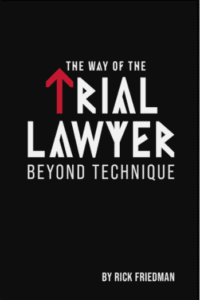
 In celebration of May being Asian/Pacific American Heritage Month, Friedman Rubin attorney Rachel Luke contributed to a Trial News article to share her personal story.
In celebration of May being Asian/Pacific American Heritage Month, Friedman Rubin attorney Rachel Luke contributed to a Trial News article to share her personal story.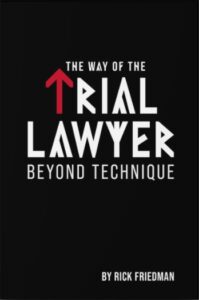
 By
By 

 For more than a decade, a Friedman | Rubin client was forced to look over her shoulder, terrified that the stranger who dragged her off a downtown street and raped her in March 2007 would make good on his threat to kill her for reporting her sexual assault to Seattle police. It was not until October 6, 2020 that the rapist, Jonnie Lay, now 51, was found guilty of rape in King County Superior Court. This conviction, more than 13 years after the crime, should have come much sooner. Lay, a sex offender with a criminal history dating back to 1990, wasn’t in court to hear the verdict. Released from jail in April because of the COVID pandemic, Lay attended his trial but was then free for more than a month before he was arrested Nov. 23 on a $500,000 bench warrant, after he was found living in a tent near Woodland Park Zoo, according to court records and the victim’s attorney,
For more than a decade, a Friedman | Rubin client was forced to look over her shoulder, terrified that the stranger who dragged her off a downtown street and raped her in March 2007 would make good on his threat to kill her for reporting her sexual assault to Seattle police. It was not until October 6, 2020 that the rapist, Jonnie Lay, now 51, was found guilty of rape in King County Superior Court. This conviction, more than 13 years after the crime, should have come much sooner. Lay, a sex offender with a criminal history dating back to 1990, wasn’t in court to hear the verdict. Released from jail in April because of the COVID pandemic, Lay attended his trial but was then free for more than a month before he was arrested Nov. 23 on a $500,000 bench warrant, after he was found living in a tent near Woodland Park Zoo, according to court records and the victim’s attorney,  Friedman | Rubin attorney
Friedman | Rubin attorney 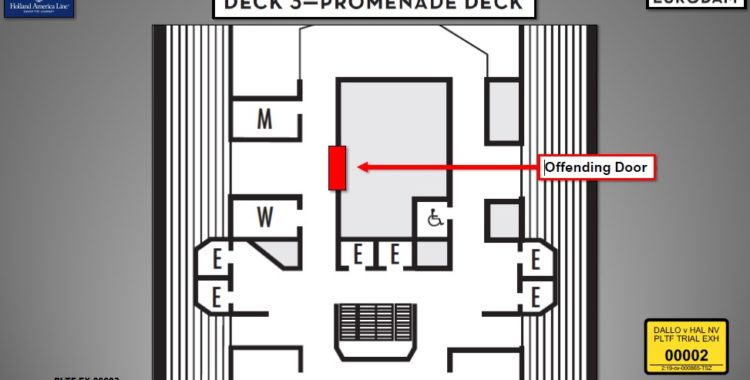
 Friedman | Rubin attorney
Friedman | Rubin attorney 

 Friedman | Rubin attorney
Friedman | Rubin attorney 
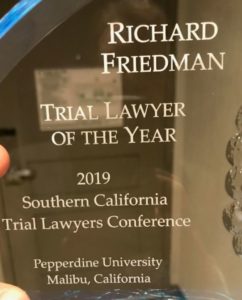
 Friedman | Rubin’s founding partner and litigation head, Rick Friedman, was honored with the Trial Lawyer of the Year award at the 2019 Southern California Trial Lawyers Conference at Pepperdine University in Malibu, California.
Friedman | Rubin’s founding partner and litigation head, Rick Friedman, was honored with the Trial Lawyer of the Year award at the 2019 Southern California Trial Lawyers Conference at Pepperdine University in Malibu, California.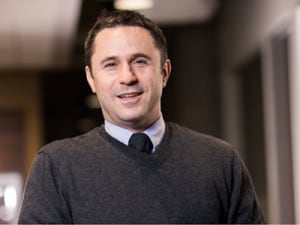
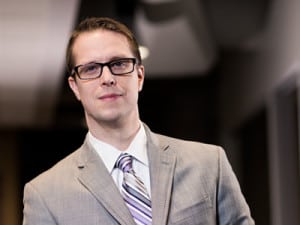



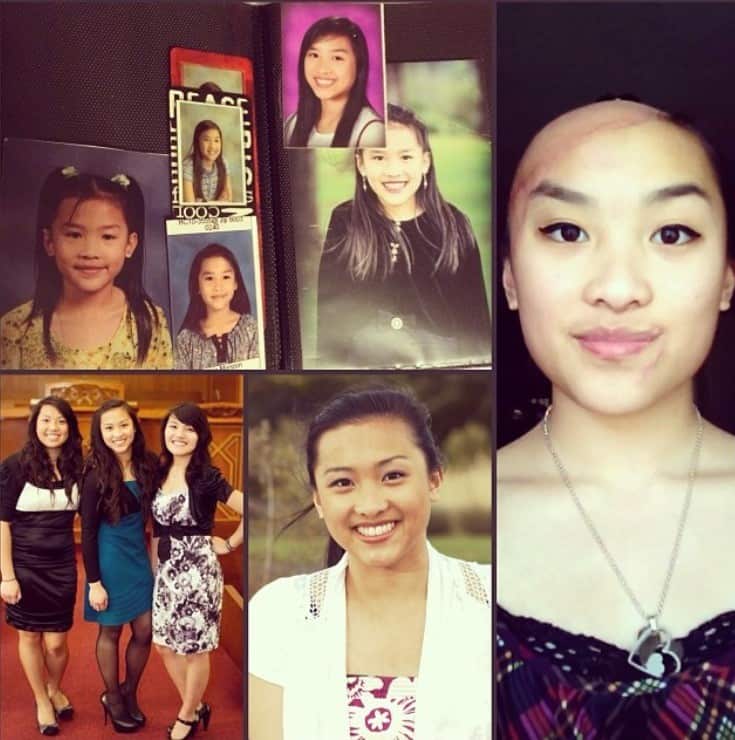
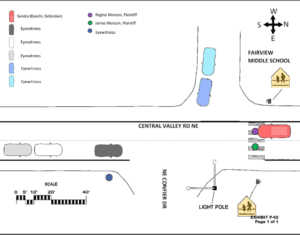
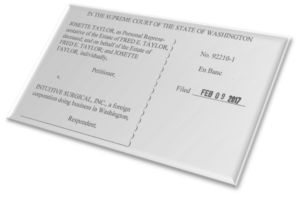 February 9, 2017 Olympia, WA.
February 9, 2017 Olympia, WA.






